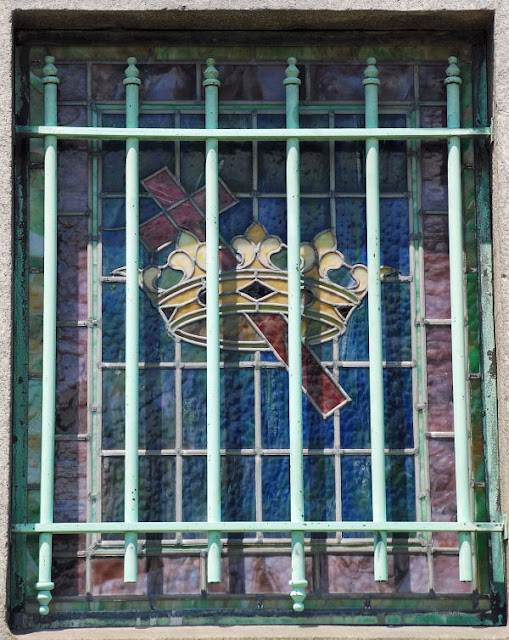Some gravesites become secular shrines for modern pilgrims. (Think Elvis Presley.) Others are the sites of mysterious annual traditions. (The three roses and half-consumed bottle of cognac left for Edgar Allan Poe, for example.) At the final resting place of William J. “Billy” Florence, the nobles of Mecca Shrine Temple initiated a modest commemoration of the life of the co-founder of the Ancient Arabic Order of the Nobles of the Mystic Shrine. July 25 was that celebration, the third annual Founders Day (on the Sunday closest to the Florence’s birthday), in the historic Green-Wood Cemetery in Williamsburg, Brooklyn.
In 2008, Noble Isaac Moore, who now is Outer Guard of Mecca Shrine in New York City, with then Potentate Mike Quigley, Chief Rabban Sanford Gottesman, and Noble Jim Reichman conceived the event out their fraternal regard for their famous founder, and their unshakable commitment to relishing a day of eating, drinking, and smoking. There was a desire on the part of other Shriners to dress up the event Sunday and make it more officious, but Isaac & Co. are having none of that, and if you know anything about Billy Florence and the creation of the Shriners, you’ll agree with them.
Outside of Masonry, Florence is remembered as a famous actor, which is notable considering the only other actor of that era anyone knows is infamous for murdering the president of the United States. Florence and Walter Fleming were Freemasons who had become frustrated with the absence of an outlet for merriment in Freemasonry. Of course this was the Victorian age, not too long after Freemasonry had left the taverns for its own dedicated temples, having emerged chastened from the devastation wrought by the Morgan scandal. It was a time when grand lodges banned alcohol from its lodges, and when the lectures of the degrees would be transformed from fraternally bonding group interactions to the monologues we know today. Blue Lodge Masonry was solemn and sober, and its charitable impulses were channeled outward to show everybody that Masons were good guys.
Perhaps the most comprehensive history of the Shrine is the book “Parade to Glory” by Fred Van Deventer. It doesn’t appear to be a very candid history – cleaned up for an innocent readership – but it may be the only book on the subject.
Anyway, the weather last Sunday was perfect for an outdoor event. About two dozen Shriners, their ladies, and other Masons like myself were in attendance. Michael G. Severe, Deputy Imperial Potentate, made the trip all the way from his home in Colorado!
The commemoration consisted of readings from Scripture, words of appreciation expressed by Potentate Ted Jacobsen, Severe, High Priest & Prophet Reichman, Oriental Guide Avery Toledo, and others. Past Potentate Gottesman read aloud the lengthy inscription on the bronze tablet in front of Florence’s impressive monument. It is William Winter’s eulogy of Florence:
But about the eating, drinking, and smoking: Most of us adjourned to the Bushwick Country Club, an exclusive resort on Grand Street. Beers, ribs, and oysters, with cigars for some, were enjoyed with great pleasure. A sudden rain kept everyone off the golf course (miniature), but there was plenty else to do.
With some time to pass between the memorial ceremony and lunch at the Country Club, I remained inside the Green-Wood Cemetery to look for Masonic headstones and other notable sights. To wit:
I don’t know who Capt. C.A. Mathisen was, but he must have taken his Freemasonry very seriously. In addition to the Square and Compasses on the front of his mausoleum, there are leaded stained glass windows showing other Masonic symbols on all sides.

































































































